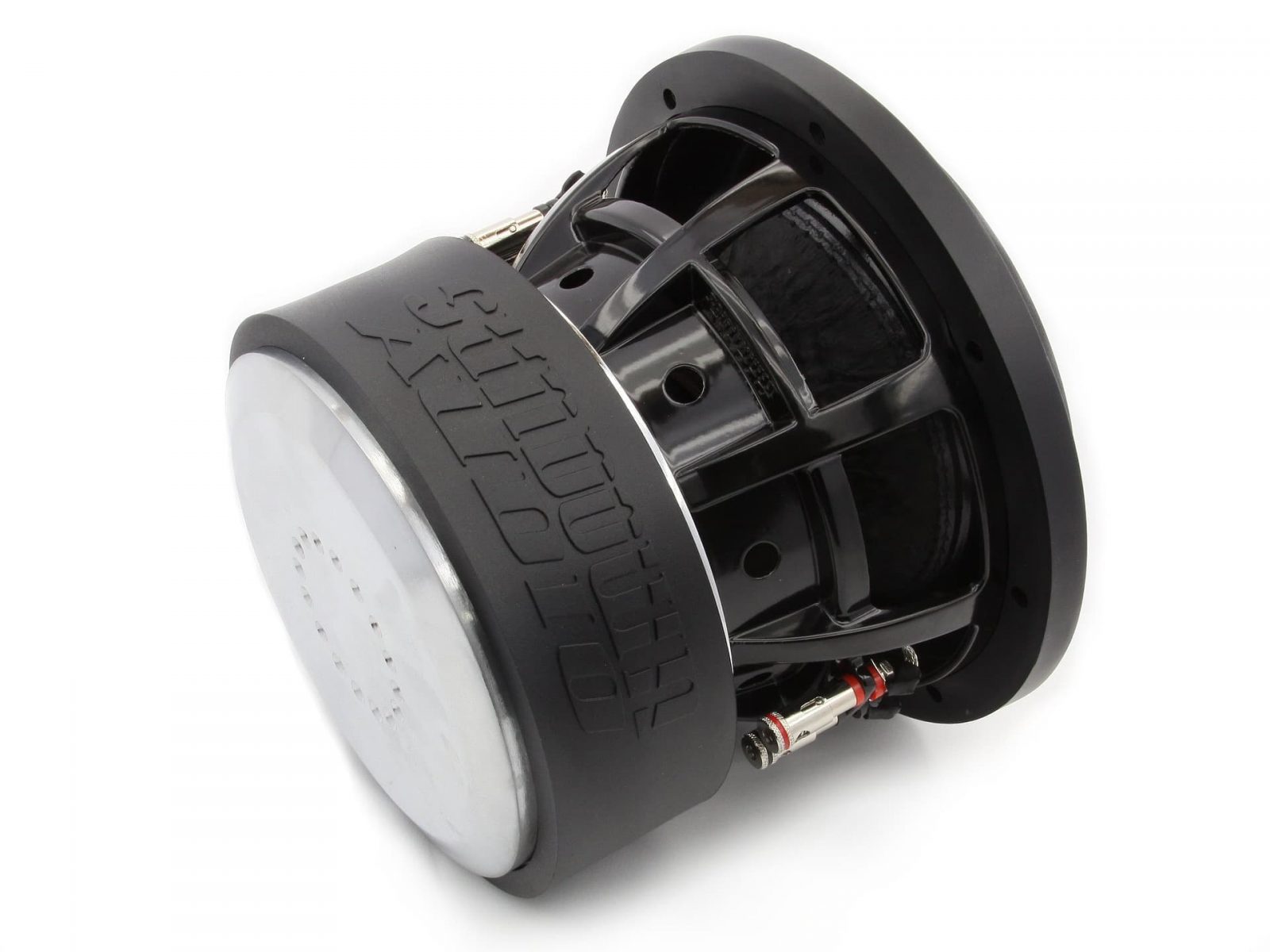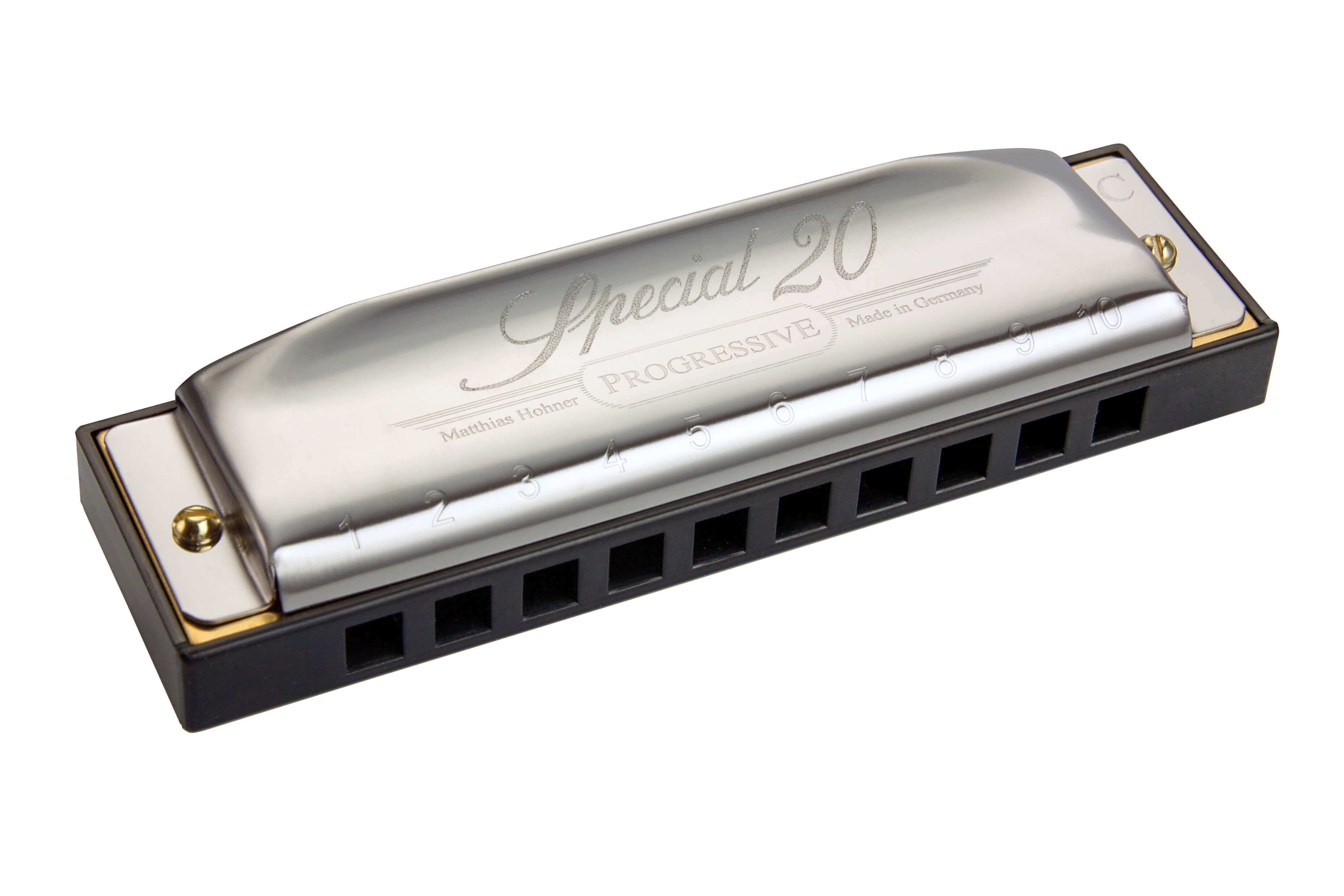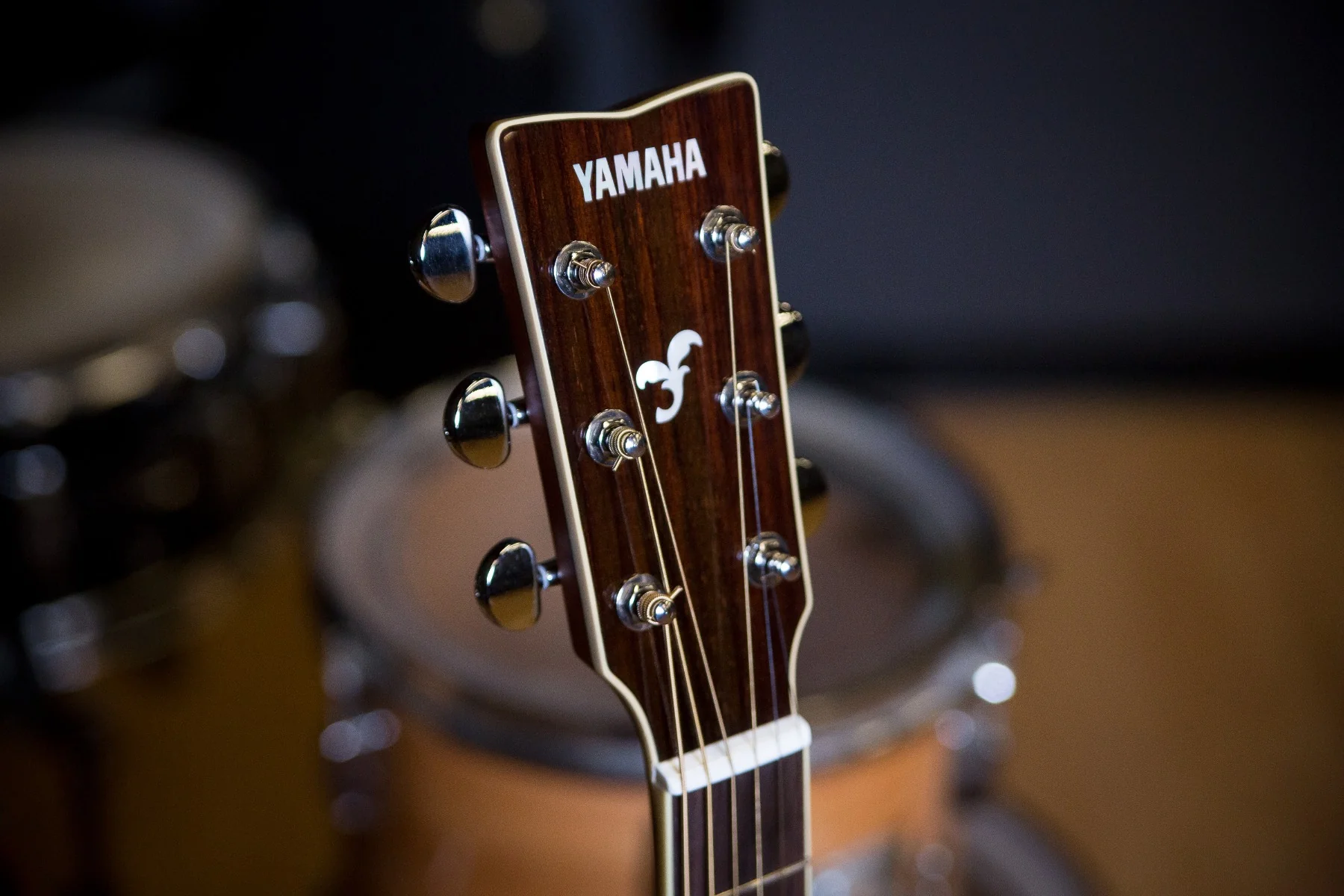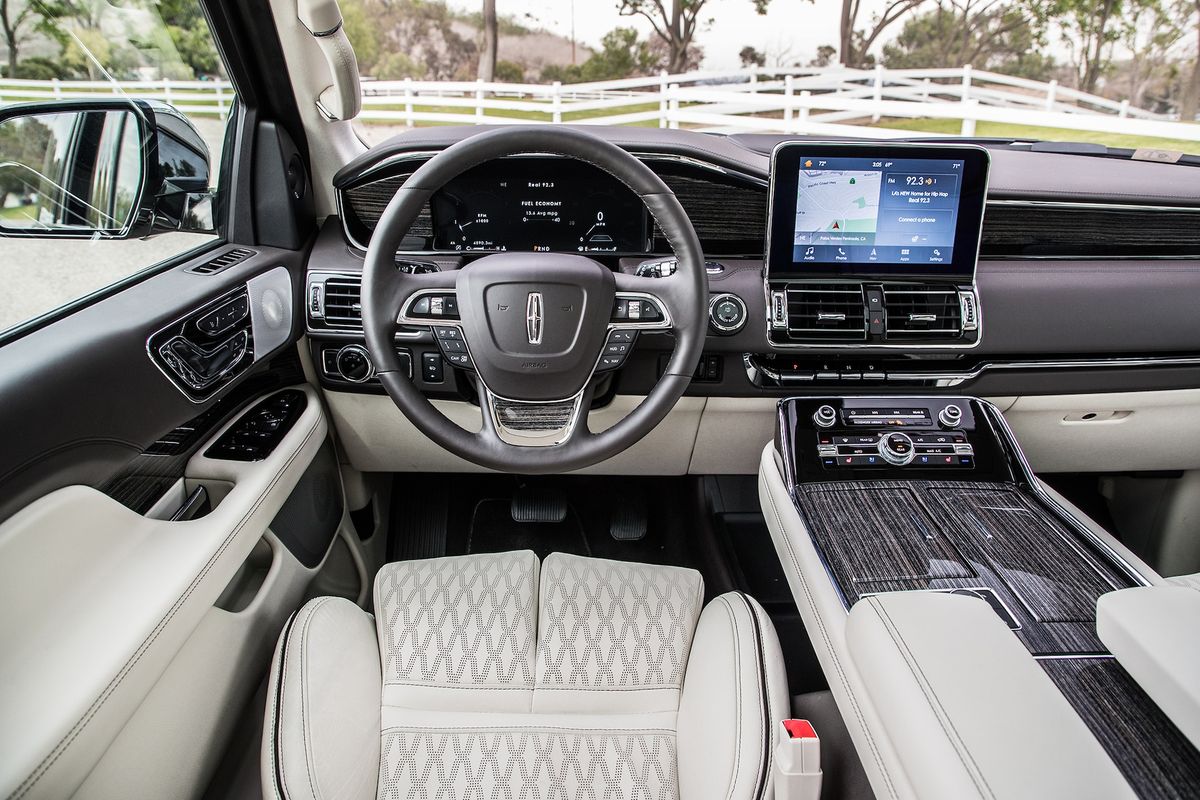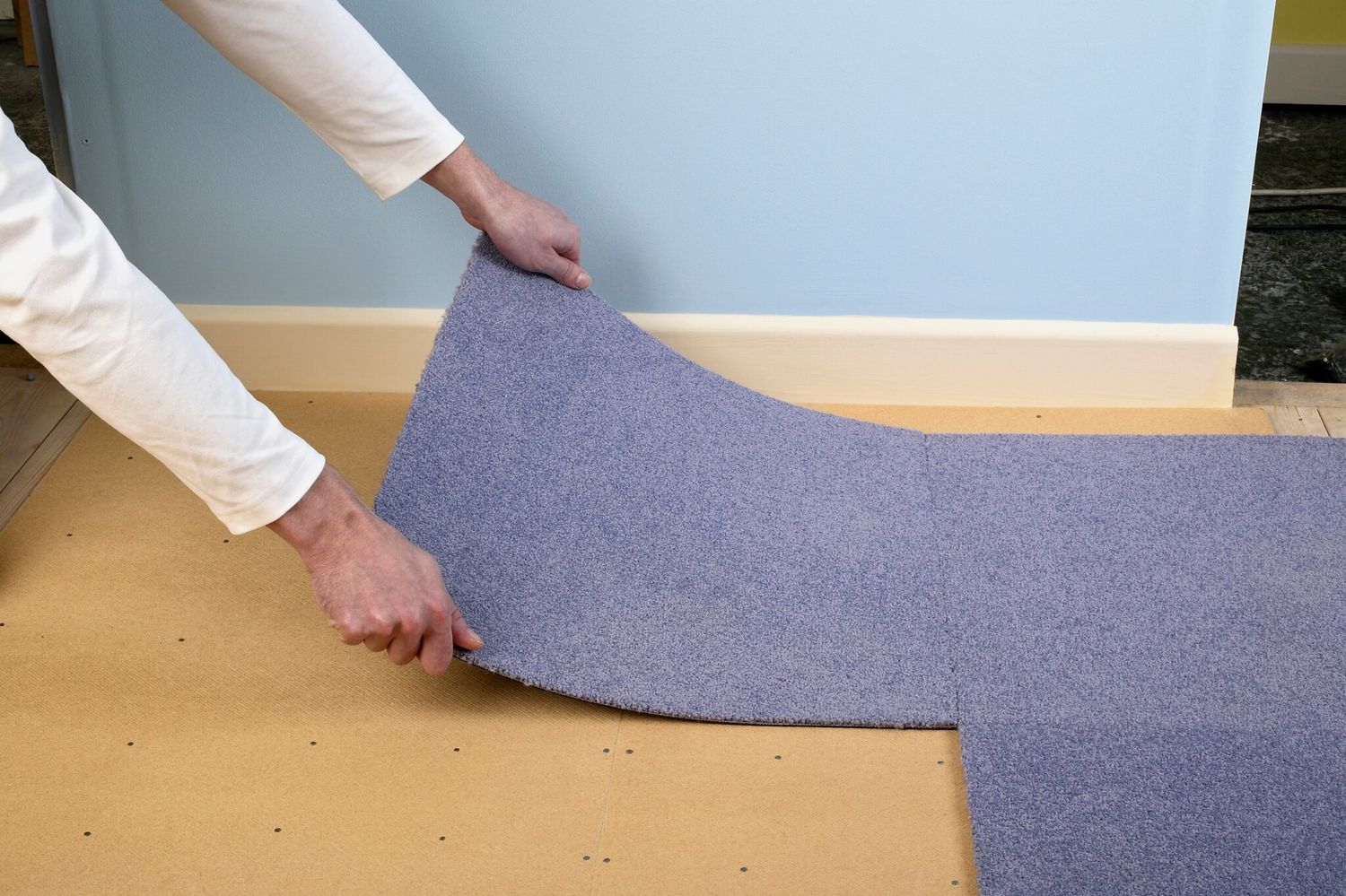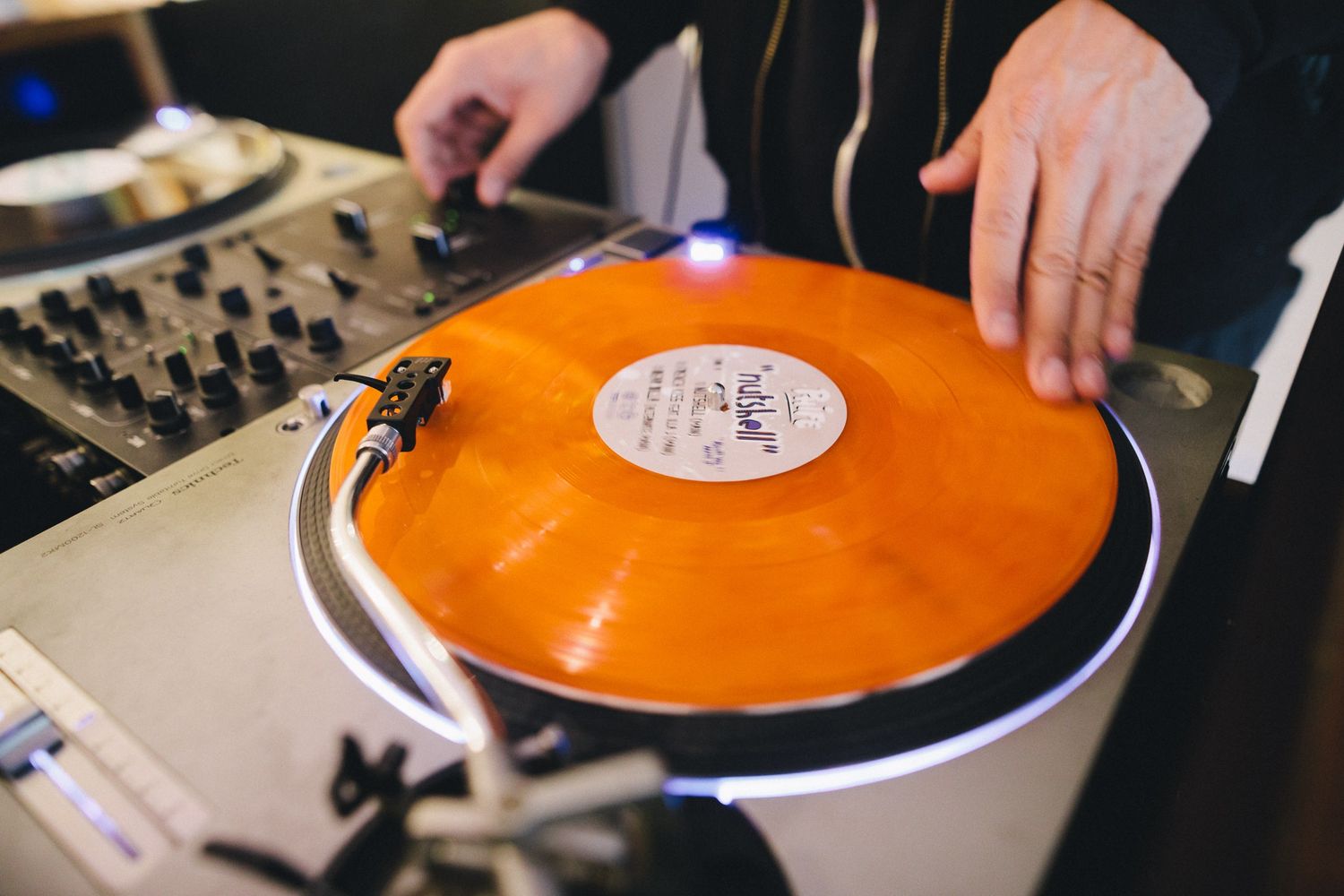Home>Instruments>Bass>Which Subwoofer Is Best For Bass
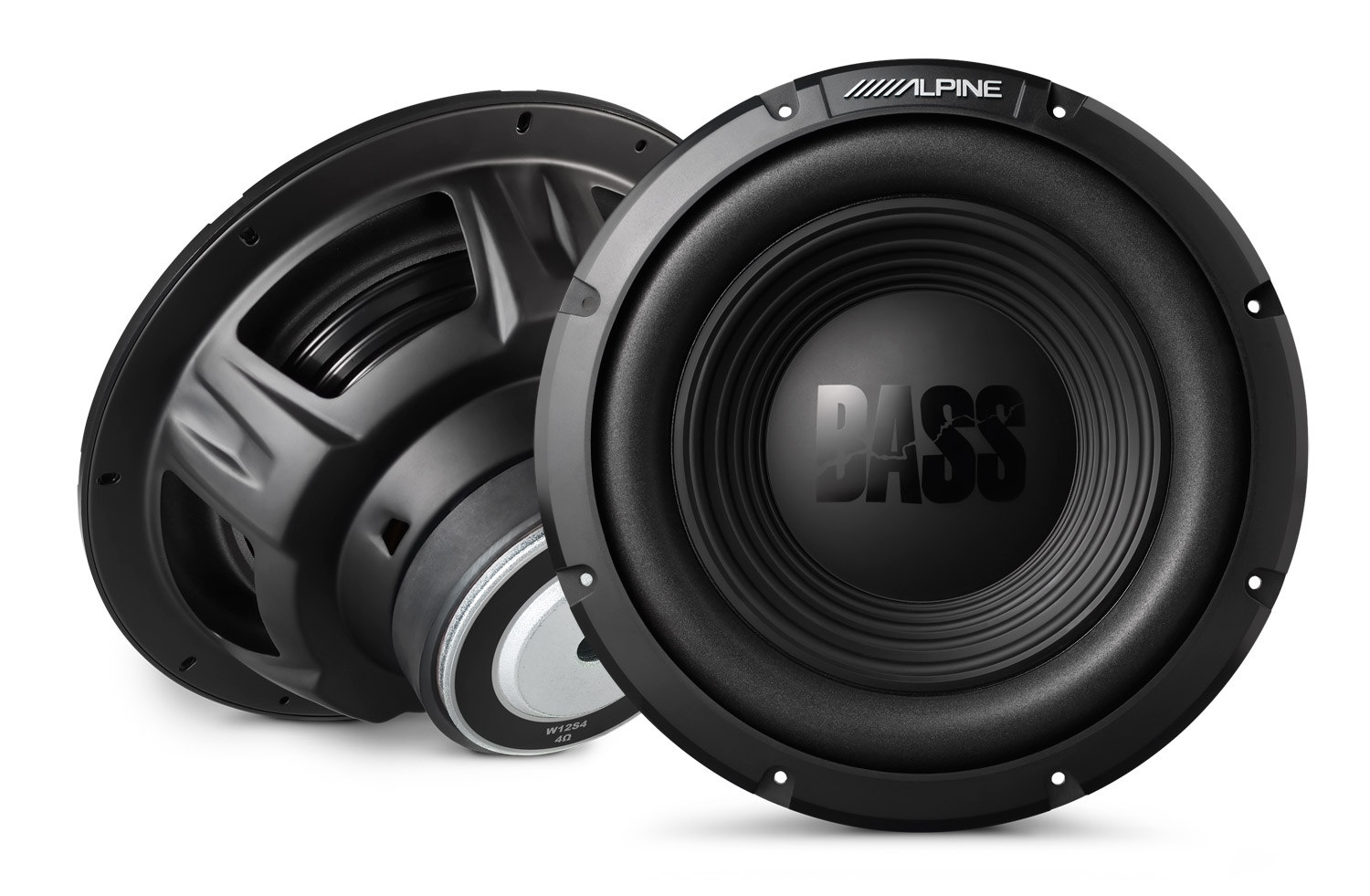

Bass
Which Subwoofer Is Best For Bass
Modified: February 18, 2024
Looking for the best subwoofer for impactful bass? Discover top-rated options and enhance your audio experience with deep, resonating tones.
(Many of the links in this article redirect to a specific reviewed product. Your purchase of these products through affiliate links helps to generate commission for AudioLover.com, at no extra cost. Learn more)
Table of Contents
Introduction
Welcome to the world of deep, resonant bass. Whether you’re a music enthusiast, a home theater aficionado, or a professional audio engineer, you understand the importance of a powerful and accurate subwoofer for achieving that earth-shaking bass experience. The right subwoofer can add depth and richness to any audio setup, immersing you in a world of sonic bliss.
In this article, we will delve into the world of subwoofers and explore which ones are considered the best for bass. We will discuss the basics of subwoofer technology, the different types of subwoofers available, and the factors you should consider when choosing the perfect subwoofer for your needs. Whether you’re looking to enhance your music listening experience, create a cinematic audio setup, or optimize your studio’s sound output, we’ve got you covered.
Before we dive into the details, it’s important to note that the term “bass” refers to the low-frequency sounds in the audio spectrum. These low-frequency sounds typically range from 20Hz to 250Hz, and subwoofers specialize in reproducing these frequencies with accuracy and power. A good subwoofer will not only reproduce the bass notes accurately but also do justice to the dynamic range, depth, and impact that low-frequency sounds can provide.
Now, let’s explore the world of subwoofers and find out which ones will make your music, movies, and audio productions come alive with deep and thunderous bass.
Subwoofer Basics
Before we get into the nitty-gritty of choosing the best subwoofer for bass, it’s important to understand the fundamental principles behind subwoofer technology.
A subwoofer is a specialized loudspeaker designed to reproduce low-frequency sounds, specifically the bass frequencies. It is responsible for delivering deep, rumbling bass notes that add weight, impact, and realism to music, movies, and other audio content. While regular speakers can produce some bass frequencies, a dedicated subwoofer is designed to handle the lower end of the audio spectrum with greater precision and power.
Subwoofers typically consist of a speaker driver, an amplifier, and a sturdy enclosure. The driver is the component responsible for producing sound waves, and in subwoofers, it is larger and designed to move more air to reproduce low-frequency sounds accurately. The amplifier provides power to the driver, allowing it to produce sound at high volumes. The enclosure plays a crucial role in shaping the subwoofer’s sound by providing a controlled environment for the driver to operate in.
One key aspect of subwoofer design is the frequency response. The frequency response refers to the range of frequencies a subwoofer can reproduce accurately. For bass-focused subwoofers, a typical frequency response may range from 20Hz to 200Hz or even lower. A wider frequency response means the subwoofer can reproduce a broader range of bass frequencies, resulting in a more immersive listening experience.
Another important consideration is the power handling capability of a subwoofer. Power handling refers to the amount of power a subwoofer can handle without distortion or damage. Look for subwoofers with higher power handling ratings to ensure they can handle the demands of your audio setup, whether you’re cranking up the volume for a house party or enjoying a quiet evening at home.
Lastly, integration is vital when setting up a subwoofer. Proper integration involves finding the right balance between the subwoofer and your main speakers, ensuring a seamless transition between the two. This can be achieved by adjusting the subwoofer’s crossover frequency, phase, and volume settings to blend harmoniously with your audio system.
Now that we’ve covered the basics of subwoofer technology, let’s explore the different types of subwoofers available on the market.
Types of Subwoofers
When it comes to subwoofers, there are several types to choose from, each offering its own set of advantages and characteristics. Here are the most common types of subwoofers:
- Powered Subwoofers: Powered subwoofers, also known as active subwoofers, have a built-in amplifier. They are easy to set up and are generally the most popular choice for home theater and audio systems. Powered subwoofers are self-contained units that require a power source, audio input, and usually have their own volume and frequency controls.
- Passive Subwoofers: Passive subwoofers, on the other hand, do not have a built-in amplifier. They require an external amplifier to power them. Passive subwoofers are often used in professional audio setups where more power and customization options are desired.
- In-Wall and In-Ceiling Subwoofers: In-wall and in-ceiling subwoofers are designed to be mounted directly into the wall or ceiling, providing a discreet and space-saving solution. These subwoofers are popular in home theater installations where aesthetics are a primary concern.
- Home Theater Subwoofers: Home theater subwoofers are optimized for delivering impactful bass in a home theater environment. They are typically larger and more powerful, designed to handle the dynamic range and low-frequency effects of movies and TV shows.
- Car Subwoofers: Car subwoofers are specifically designed for automotive audio systems. They are compact and engineered to fit in limited spaces while still producing deep and powerful bass. Car subwoofers often come with additional features for vehicle integration and durability.
- Pro Audio Subwoofers: Pro audio subwoofers are designed for professional applications, such as concerts, live performances, and recording studios. These subwoofers are built to handle high power levels and deliver accurate bass reproduction, ensuring a thrilling audio experience for both performers and audiences.
Each type of subwoofer has its own strengths and is suitable for different scenarios. Consider the space you have available, your listening preferences, and the specific requirements of your audio setup when choosing the right type of subwoofer for your needs.
Now that we’ve explored the different types of subwoofers available, let’s move on to the factors you should consider when selecting the best subwoofer for bass.
Factors to Consider
Choosing the best subwoofer for bass involves considering various factors to ensure the optimal performance and compatibility with your audio system. Here are the key factors to keep in mind:
- Room Size: The size of your room plays a crucial role in determining the type and size of subwoofer you should choose. Larger rooms may require more powerful and larger subwoofers to fill the space with deep, impactful bass. Conversely, smaller rooms may benefit from compact subwoofers that can deliver tight and controlled bass without overpowering the space.
- Frequency Response: The subwoofer’s frequency response refers to the range of frequencies it can reproduce accurately. A wider frequency response allows the subwoofer to handle a broader range of bass notes, resulting in a more immersive listening experience. Look for subwoofers with a frequency response that covers the desired low-frequency range, typically starting from 20Hz or lower.
- Power Handling: Consider the power handling capabilities of the subwoofer to ensure it can handle the demands of your audio system. Higher power handling ratings indicate that the subwoofer can handle more power, allowing for louder and more dynamic bass performance.
- Enclosure Type: The type of enclosure used in a subwoofer can have a significant impact on its bass performance. Common enclosure types include sealed, ported, and bandpass. Sealed enclosures provide precise and tight bass, while ported enclosures enhance overall output and lower frequency extension. Bandpass enclosures can offer a combination of both, but at the expense of some accuracy and control. Choose an enclosure type that complements your listening preferences and desired bass characteristics.
- Placement Options: Consider the available placement options for the subwoofer within your room. Subwoofers can be placed in different positions, such as in the corner, along the front wall, or even under furniture. Experiment with placement to find the position that provides the best bass response and integration with your main speakers.
- Budget: Set a budget for your subwoofer purchase to narrow down your options. Subwoofers come in a wide price range, and while it’s tempting to go for the most expensive models, there are excellent options available at various price points. Determine your budget and prioritize the features that matter most to you.
By considering these factors, you will be able to select a subwoofer that meets your specific needs and delivers the bass performance you desire. Now, let’s explore some of the top subwoofers available on the market renowned for their exceptional bass performance.
Top Subwoofers for Bass
When it comes to finding the best subwoofer for bass, there are several standout options that consistently deliver exceptional performance. Here are some of the top subwoofers renowned for their ability to produce deep, powerful bass:
- SVS SB-2000 Pro: With its compact size and impressive power, the SVS SB-2000 Pro is an outstanding choice for bass enthusiasts. It features a sealed enclosure design that delivers tight and accurate bass, making it ideal for both music and movies. The SB-2000 Pro is equipped with advanced DSP technology, ensuring precise control and seamless integration with any audio system.
- Klipsch SPL-120: The Klipsch SPL-120 is a powerhouse subwoofer that can fill any room with impactful bass. It features a 12-inch driver and a powerful amplifier, providing a frequency response down to 24Hz. The SPL-120 offers a variety of connection options and has adjustable settings, allowing you to fine-tune the bass to your liking.
- Bose Bass Module 700: Bose is known for its audio quality, and the Bass Module 700 lives up to the brand’s reputation. This wireless subwoofer boasts a sleek design and pairs seamlessly with Bose Soundbar systems. The Bass Module 700 delivers deep, thunderous bass that adds a new dimension to your movies, music, and gaming experiences.
- Elac Debut 2.0 SUB3030: The Elac Debut 2.0 SUB3030 is a high-performance subwoofer that combines power, precision, and affordability. It sports a large 12-inch driver and a robust amplifier, delivering deep bass down to 28Hz. The SUB3030 offers various controls and connectivity options, allowing you to customize the bass to suit your preferences.
- JL Audio Dominion d110: The JL Audio Dominion d110 is a compact yet potent subwoofer designed for audiophiles seeking exceptional bass performance. It features a 10-inch driver and advanced digital signal processing, ensuring accurate and powerful bass reproduction. The d110’s compact size makes it suitable for smaller rooms without compromising on sound quality.
These are just a few examples of top subwoofers for bass, and there are many other excellent options available on the market. Before making your final decision, it’s important to consider your specific requirements, budget, and personal preferences to ensure the best possible bass experience for your audio setup.
Now that we have explored some of the top subwoofers available, let’s wrap up this article.
Conclusion
When it comes to enhancing your audio experience with deep, powerful bass, choosing the right subwoofer is key. By understanding the basics of subwoofer technology, exploring the different types of subwoofers available, and considering important factors such as room size, frequency response, power handling, enclosure type, and placement options, you can make an informed decision.
We discussed some of the top subwoofers renowned for their exceptional bass performance, including the SVS SB-2000 Pro, Klipsch SPL-120, Bose Bass Module 700, Elac Debut 2.0 SUB3030, and JL Audio Dominion d110. These subwoofers offer a range of options to suit different preferences and budgets, ensuring that you can find the perfect fit for your audio setup.
Remember, the best subwoofer for bass is not just about raw power, but also about delivering accurate, controlled, and immersive bass reproduction that enhances your music, movies, and audio productions. Take the time to carefully assess your needs and prioritize the features that matter most to you.
With the right subwoofer, you can experience the full depth and impact of low-frequency sounds, immersing yourself in a world of rich, thumping bass. So, go ahead and choose the subwoofer that resonates with your audio desires, and elevate your listening experience to new heights!



